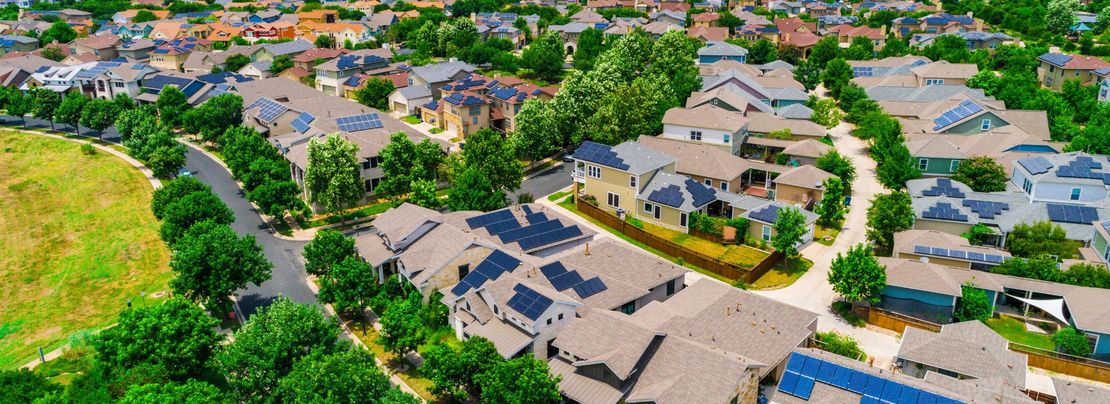- Home
- Blog
Kurralta Park RLA 176301 Blog

SUSTAINABLE LIVING IN AUSTRALIAN REAL ESTATE
As climate change continues to threaten our planet, more and more people are becoming aware of the need for sustainable living. Australian real estate, in particular, is starting to embrace the concept of sustainable living, as homebuyers become increasingly environmentally conscious. In this article, we will take a closer look at what sustainable living means in the context of Australian real estate and how homeowners can adopt sustainable practices.
What is Sustainable Living?
Sustainable living is all about reducing our impact on the environment and living in a way that is both environmentally and socially responsible. This means being mindful of our energy usage, reducing waste, and making more eco-friendly choices. When it comes to real estate, sustainable living means building or renovating homes in a way that is energy-efficient and uses eco-friendly materials.
Sustainable Living in Australian Real Estate
Sustainable living is gaining popularity in Australian real estate, with many builders and architects now incorporating eco-friendly features into new home designs. The Australian government has also implemented several initiatives to encourage sustainable living, including the Nationwide House Energy Rating Scheme (NatHERS), which rates the energy efficiency of homes.
Some of the features commonly found in sustainable homes include:
- Solar panels – to generate clean energy and reduce reliance on the grid.
- Rainwater harvesting – to collect and store rainwater for use in toilets and gardens.
- Double glazed windows – to improve insulation and reduce energy consumption.
- Energy-efficient appliances – to reduce energy usage.
- Passive design – to ensure homes are designed to make the most of natural light and ventilation.
In addition to these features, sustainable homes also incorporate eco-friendly materials, such as recycled timber and low VOC (volatile organic compound) paint, to reduce the carbon footprint of the building process.
Sustainable Living Practices for Homeowners
Sustainable living doesn’t have to be limited to new builds or renovations. There are many simple changes that homeowners can make to reduce their impact on the environment. Here are a few examples:
- Reduce energy usage – switch off appliances when not in use, switch to energy-efficient light bulbs and invest in a smart thermostat to manage heating and cooling.
- Reduce water usage – fix leaks, install water-saving showerheads and consider installing a rainwater tank.
- Reduce waste – recycle, compost and avoid single-use plastics.
- Use eco-friendly cleaning products – to reduce the use of harmful chemicals.
- Choose sustainable materials – when renovating or decorating, choose eco-friendly materials such as bamboo, recycled timber or low VOC paint.
Sustainable living is becoming increasingly important in Australian real estate. Homebuyers are looking for energy-efficient homes that incorporate eco-friendly features, while homeowners are making changes to reduce their impact on the environment. By adopting sustainable practices, we can reduce our carbon footprint and make a positive impact on the planet. Whether you’re buying a new home or simply making changes to your existing one, there are many ways to incorporate sustainable living into your life. By doing so, we can create a more sustainable future for ourselves and for generations to come.